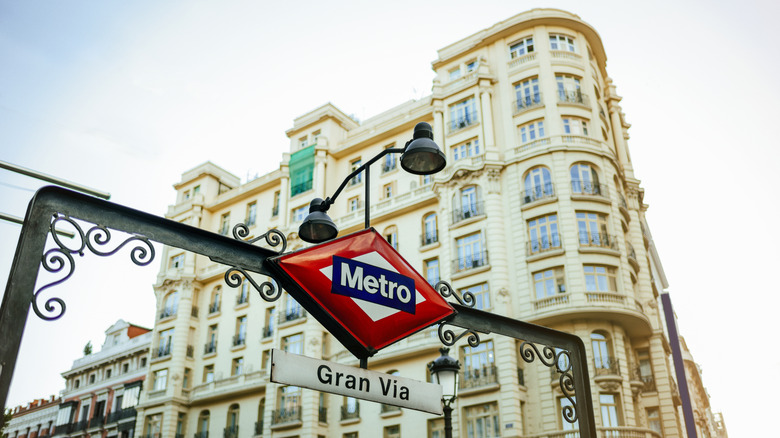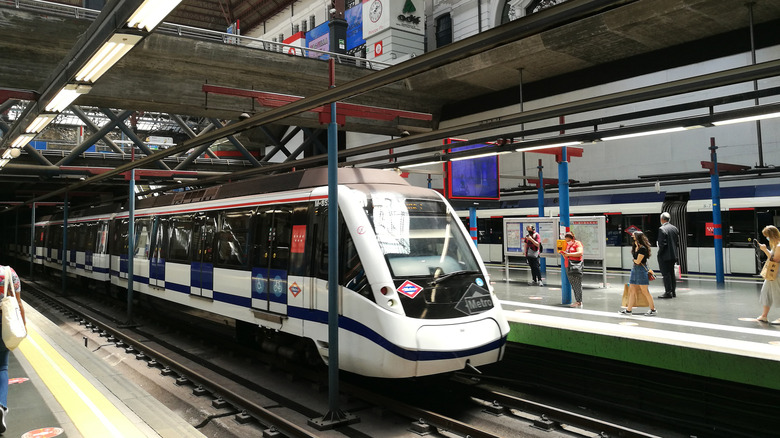Travel Seamlessly Across Madrid Using Its Most Efficient Transportation Method
Let's be frank: Spain is really good at trains. An exhaustive national system connects every major city by rail, including 2,000 miles of high-speed trains. Barcelona, one of the hottest destinations in Europe, has a fantastic metro system. You can ride through the Pyrenees mountain range by train, or a historic locomotive can pull you through Mallorca. As more and more travelers discover the wonders of Spain, they are putting their Eurail passes to good use, rocketing across the country with ease and style.
One exemplar of the Spanish mass transit system: Madrid. Many first-time travelers overlook the nation's capital, preferring the sunny beaches of Andalusia or the epic hikes of the Camino de Santiago. But Madrid is a dynamic city of millions of people, set in the geographic center of Spain, and short-term visitors may struggle to experience even a fraction of this city's offerings. On top of its rich cultural and dining scenes, Madrid is well connected with trains; the Metro de Madrid spans 183 miles and 302 stations, making it the fourth-largest subway system in the world. No fewer than 662 million trips were taken in 2023 (per Metro de Madrid).
Madrid's metro is a boon for travelers, as well. You can zip from the famous Gran Vía in the middle of the city to the busy urban crowds of Sol to the entrance of Madrid-Barajas Airport with a single ticket. Most fares cost a little more than $2, and passengers can buy bundles of 10 tickets or even monthly passes.
Cruising Spain's capital on mass transit
This system has also been around awhile; the Metro de Madrid first opened in 1919, connecting eight stations across about 3 miles. On that fateful day, one of the metro's first-ever passengers was Alfonso XIII, then the King of Spain. Today, more than 7,000 employees work for the metro system, and it shows: Stations are clean, cars are well attended, and trains arrive every two to 15 minutes on typical weekdays. Renting a car would mean competing with millions of other vehicles in one of the most-trafficked cities in Europe. Madrid is generally considered a safe city, with little violent crime; tourists using the metro should plan to exercise the same precautions they would anywhere.
For train enthusiasts, Madrid is also the main railroad hub for the entire country, with direct lines to Toledo, Salamanca, León, Valencia, and many other cities. You can board a bullet train in Madrid and arrive in Barcelona 2.5 hours later — a trip that would take nearly three times as long in an automobile. While you're looking at the full map of Spain, here are some underrated destinations you might consider visiting.

